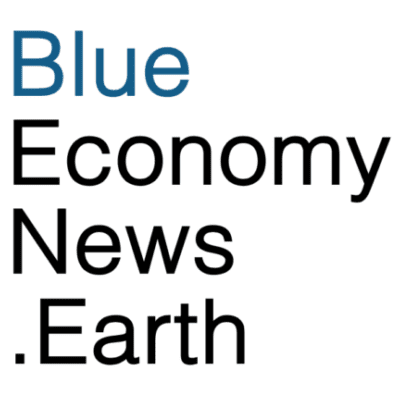Native forest restoration company Terraformation has partnered with Grosvenor’s UK property business on the sale of the initial Verified Carbon Units (VCUs) from Terraformation’s Seed to Carbon Forest Accelerator. Grosvenor’s investment into reforesting mangroves in Keta Lagoon, Ghana, will deliver 15,000 tons of CO2 equivalent (CO2e) between now and 2030, at an average price just below USD$50 per ton.
Known as Regenerative Development of Anlo Wetlands (ReDAW), the mangrove project, implemented by ReDAW Ltd and ReDAW Foundation, will restore 1,536 hectares of mangroves on degraded wetlands. It will also enable the training of 350 local people and creating full-time jobs–over half of which will be held by women–in planting and caring for the mangroves and broader ecosystem through regenerative aquaculture, agriculture and apiculture (beekeeping). The project is expected to increase food and community security, environmental resilience and resource management.
Payments for the carbon credits will be based on project milestones to support the scaling of the forest restoration over the first two years. The project could potentially expand to restore an additional 8,445 hectares of the Keta Lagoon area.
In addition to enhancing biodiversity and improving water quality, mangroves, considered blue carbon because they grow on coastlines, are one of nature’s most efficient carbon sinks, sequestering up to four times more carbon than terrestrial forests.
Mangroves play a significant role in Ghana’s coastal communities, offering opportunities for sustainable livelihoods that can boost local economies. Rapid coastal development, deforestation of mangroves for agricultural purposes and increased use of timber for fuel threaten the livelihoods of communities, contributing to Ghana’s 30% forest loss in the past 20 years.
“The land in this area is prone to floods in the wet seasons and extended drought periods in the dry season,” said Joella Korczak, Chief Programme Officer, ReDAW. “Restoring mangrove forests offers flood resilience through natural water management. The improved ecological function and enhanced fisheries resulting from more mangroves contribute to increased food production, ensuring better food security for the community. Restoring and preserving mangrove ecosystems will enhance community well-being while creating alternative livelihoods.”
Grosvenor Property UK said it was the first European real estate company to have a validated long-term science-base target and one of the few to have a published offset strategy. The company said it has already delivered a 32% reduction in emissions across all scopes.
To date, the Seed to Carbon Forest Accelerator has guided 14 native reforestation projects, with 12 more to come by the end of 2024, supporting the restoration of nearly 25,000 hectares of biodiverse forests, offering economic benefits to the local communities that steward the forests. Forestry teams that move forward are provided the opportunity to develop high-quality forestry projects. These forestry projects will be available to funders in the coming months.
“Absolute emissions reductions remain our priority, but corporations cannot ignore the emissions that are more difficult to reduce,” said Andy Haigh, Director of Climate Positive Solutions, Grosvenor. “We are committed to thinking long term in sourcing high-quality carbon offsets and want to work with partners with integrity and deliver significant environmental and community co-benefits through the projects we support. We see value in helping to develop and scale projects, because early-stage funding is desperately needed for the sector to grow, plus it allows us to be more selective in finding projects that meet our due diligence criteria.”

